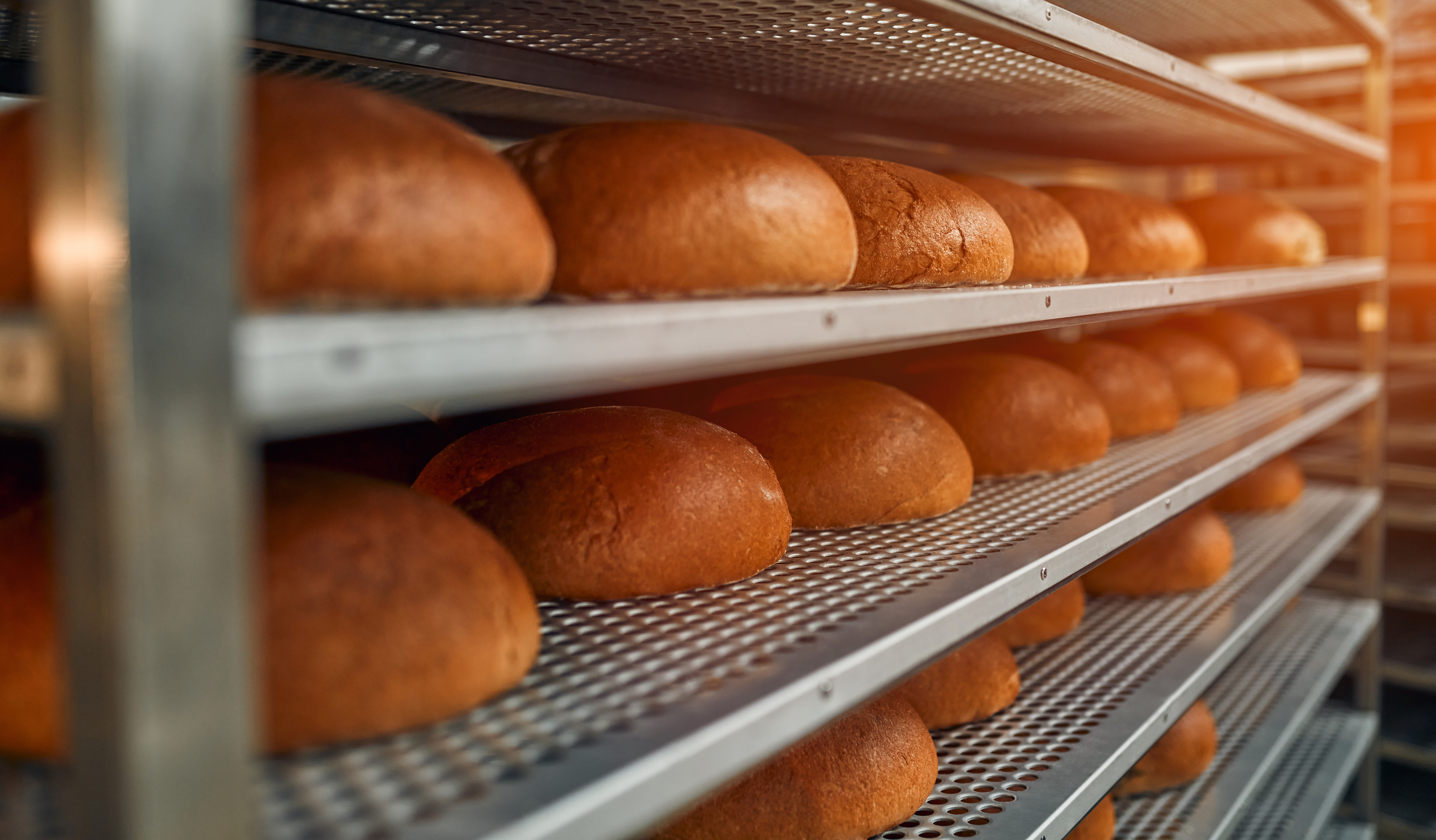Key Components of FDA’s New Era of Smarter Food Safety Blueprint
By Hilary Thesmar, PhD, RD, CFS, Chief Food and Product Safety Officer and SVP Food Safety, FMI
 At the recent SQF Global virtual event, Dr. Donald A. Prater, FDA’s Associate Commissioner for Imported Food Safety, provided an update on FDA’s New Era of Smarter Food Safety Strategic Blueprint, which was published on July 13, 2020.
At the recent SQF Global virtual event, Dr. Donald A. Prater, FDA’s Associate Commissioner for Imported Food Safety, provided an update on FDA’s New Era of Smarter Food Safety Strategic Blueprint, which was published on July 13, 2020.
FDA’s New Era of Smarter Food Safety Blueprint outlines a path forward to address food safety challenges associated with the rapidly changing food system. The blueprint that builds upon the work that FDA has done and will continue to do to implement the FDA Food Safety Modernization Act (FSMA). The ultimate goal of the FDA’s new initiative is to significantly reduce the incidence of foodborne illness.
The audience heard Dr. Prater highlight the key components of the FDA’s initiative to create a more modern approach to food safety. With this approach, FDA encourages companies to leverage new and emerging technologies, adopt simpler, more effective, and modern approaches and processes, and foster food safety leadership, creativity and culture to help create a more digital, traceable, and safer food system. Dr. Prater shared how it’s an exciting time to work in food safety because of all the changes that are occurring. Dr. Prater anticipates that there will be more changes in the food system over the next 10 years than there have been over the past several decades. He added that to succeed in these modern times, we need a modern tech-enabled approach, one the FDA refers to as the new era of smarter food safety.
The goals the FDA hopes to achieve in the coming decade to include the following topics – enhanced traceability, predictive analytics, rapid response to outbreaks, new business models, reduce contamination of food, and foster the development of a food safety culture. The blueprint focuses on four core elements, each of which is critical to bending the curve of foodborne illness. The first core element in the blueprint is tech-enabled traceability. The second core element is smarter tools and approaches for prevention and outbreak response. The third core element is new business models and retail modernization. The fourth core element is food safety culture. Within each of these core elements, the FDA provides a roadmap of how they intend to achieve their goals. We appreciate the discussion and presentation to help SQF stakeholders understand their role to continue to protect foods as new business models emerge and change to meet the needs of modern consumers and how they are essential in the new era of smarter food safety.
If you missed the SQF Global session, to discover what SQFI expects sites to be doing as part of their implemented SQF system and how non-conformances and corrective actions from SQF audits will be handled in the newly released Edition 9, you can dive into this recorded content in the SQF November All Access Pass.
Recent Blog Posts
The FMI Foundation, in partnership with SQFI, awarded 19 scholarships from 152 applications for the 2025-2026 Food Safety Auditing Scholarship program.
Private brands in the grocery industry are experiencing significant growth, evolving from budget alternatives to strategic assets that drive customer loyalty and distinguish retailers.
Recall prevention means embedding food safety throughout your operations so those failures never reach the customer.




